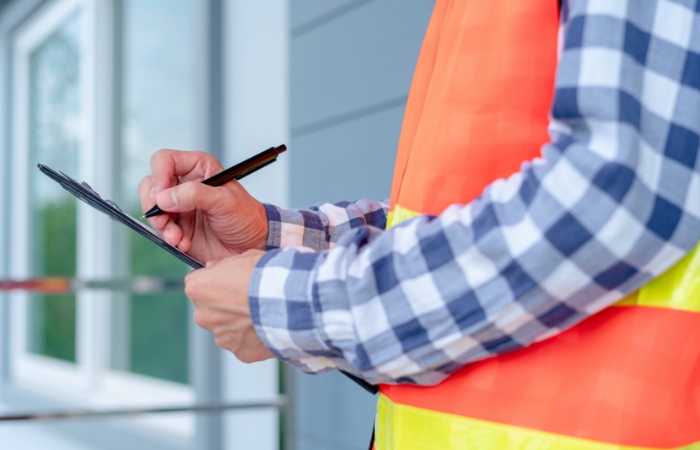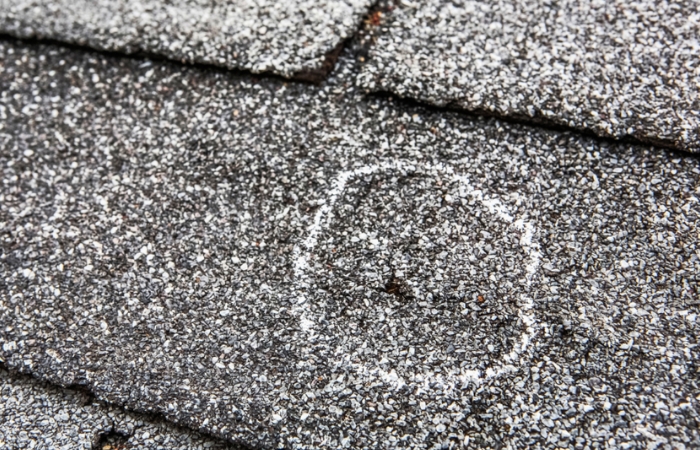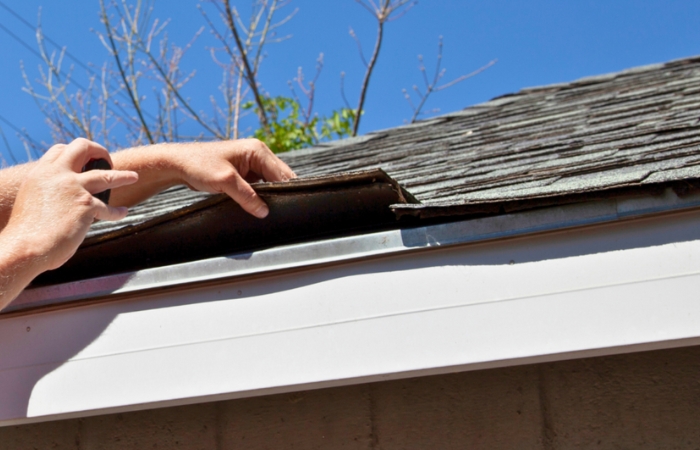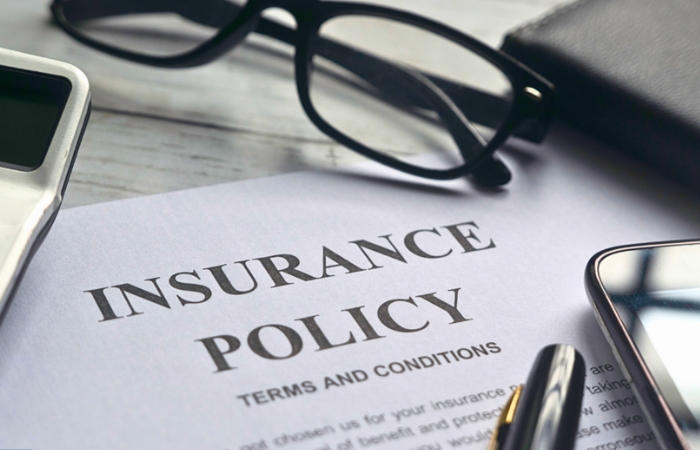
Getting a new roof can be a bit tricky, but dealing with your insurance company can make it easier. This blog is here to guide you through the process of insurance-covered roof replacement and help you have a smooth and successful experience.
We'll break down everything from understanding your insurance to going through the necessary steps. Our goal is to give you the info you need to make smart choices. We’ll go through the important steps and things to think about, making the whole roof replacement thing easier for you.
Here are the key stages involved in the process of replacing your roof with the assistance of your insurance.
1. Roof damage assessment:
Begin the process by utilizing the assistance of a local contractor to conduct a thorough evaluation of your roof's condition. This step involves a detailed inspection to identify any potential issues, such as hail damage or leaks.
Collaborating with a local contractor provides valuable insights into the specific needs of your roof and ensures a comprehensive understanding of the damage. This initial assessment is foundational, laying the groundwork for the subsequent steps in the insurance claim process. The contractor's expertise enhances the accuracy of the evaluation, allowing for a more informed discussion with the insurance adjustor in the next phase.
2. Assessment from the Adjustor:
Upon calling the insurance company to file a hail claim or any other type of claim, the customer is assigned a claim number. Following this, an adjuster appointment is scheduled, or an inspector from the insurance company conducts a comprehensive 360-degree home inspection. During this inspection, adjusters are actively searching for evidence or correlating information to support the claim.
Through this assessment, the adjuster compiles a report and forwards it to the desk adjuster for further evaluation.

3. Desk Adjuster Review and Approval Decision:
Following the adjustor appointment, the findings are forwarded to the desk adjuster for a comprehensive review. This desk adjuster assesses the information provided and makes a decision on whether to approve or deny the claim. The approval hinges on the extent of the damage and the alignment with the insurance policy coverage.
4. Communication with Contractor:
Once the claim is approved, the insurance company initiates contact with the chosen contractor to start the repair or replacement process. This communication marks the beginning of the collaboration between the homeowner, the insurance company, and the contractor to ensure a smooth and timely resolution. The contractor, in turn, can start the necessary preparations and coordination for the upcoming roof work.


After the homeowner selects a roofing contractor, the company's representative will forward the quote to the insurance company. This facilitates improved communication and streamlines processes. In certain instances, after the approval of a claim, the insurance company may also send estimates directly to the homeowner or contractors.
In the state of Wisconsin, there is no prescribed minimum requirement for roofing jobs to be covered by the insurance company. However, it is recommended that you leverage your insurance coverage when the cost of the job surpasses the minimum deductible mandated for payment by homeowners. This approach ensures homeowners can make the most of their insurance benefits when undertaking roofing projects exceeding the stipulated deductible amount.
Another thing to remember is that your insurance provides coverage for both roof repair and replacement, but it only applies to damage resulting from specific covered events. If you are seeking to replace your old roof without such qualifying damage, you won't find your insurance a viable solution for financing the job.

Typically, insurance companies don't necessitate specific documents. The adjuster appointment or meeting serves as a comprehensive process where all essential information is gathered to facilitate the approval and subsequent payment of the claim. During this interaction, the adjuster assesses the details and documentation related to the claim, ensuring a thorough and efficient resolution process.
A thorough and meticulous approach to the insurance-covered roof replacement process is crucial for homeowners embarking on this significant journey. This involves a detailed assessment of the roof's condition, collaborative engagement with skilled professionals, and strict adherence to the intricacies of insurance policy details.
By going further into the nuanced steps and implementing proactive measures, homeowners can profoundly influence the overall outcome, facilitating a smooth transition from the initial damage assessment to the comprehensive restoration of a secure and resilient roofing system. This methodical approach serves as the cornerstone of safeguarding one's investment in one's home and ensures long-term protection against potential issues.